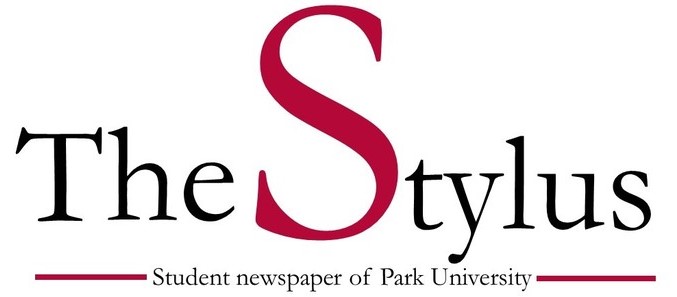Cultural appropriation is insidious, oppressive
Cultural appropriation is adapting or using elements of a different culture besides your own. Cultural appropriation can take many forms. One example would be a woman wearing a Native American headdress without being Native American.
In today’s society, cultural appropriation has been mistaken for cultural exchange. The difference between cultural appropriation and cultural exchange is simple. One is taking credit for using someone else’s culture, the other one is a mutual exchange based on respect, understanding and equality.
Many people in society do not see the negative affect cultural appropriation can have on the cultures that they exploit. Many people see it as just hair, just clothes, just a headdress, but in reality it goes beyond that.
Cultural appropriation is when the dominant culture takes element from a culture that has been previously systematically oppressed by that dominant group.
A recent example of this concerns cornrows. This is a hairstyle worn primarily by black women, and it has previous received backlash for being unprofessional, ghetto and classless. Now, cornrows are being called “Boxer Braids” after Khloé Kardashian, a Caucasian woman, wore them. Tutorials have been made to teach people how to get the new, trendy hairstyle which Khloé Kardashian has just “invented.”
It’s not just Khloé Kardashian who is a repeat offender of cultural appropriation, the whole Kardashian-Jenner klan is. If you want big, full lips like Kylie Jenner, just place a small cup over your lips and suck the air out. A black woman is being called ugly because of her big lips, full thigh and big butt, while Jenner is being called beautiful for something she bought and giving no credit to her source of inspiration.
Cultural appropriation is also a form of oppression. When the race in power or in charge takes on elements from another culture, they don’t receive the same labels or have to deal with the negative label or receive negative stereotypes that the other race receives.
In the fashion industry this occurs a lot when designers appropriate from a culture but fail to use a model from that culture. For example, you might say Karlie Kloss appropriated Japanese culture in a Vogue photo shoot. The culture that was being appropriated did not receive any acknowledgements.
Cultural appropriation is alive in the music industry as well. For example, when Beyoncé wore Indian outfits, henna and jewelry in Hymn for the Weekend or Katy Perry wore cornrows and dressed as a geisha for her “This is how we do” music video.
Someone’s culture is not a costume nor is it a fashion statement. Cultural appropriation is a real issue because it still happens today. It’s not a matter of people telling you what you can or cannot wear. It is a matter of telling people there are many social and historical implications to treating cultures that have been marginalized as costumes.
Your donation will support the student journalists of Park University. Your contribution will allow us to cover our annual website hosting costs, freeing up other funds for equipment, printing and training.






